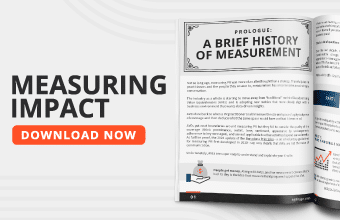In the world of PR, people often measure success by the impact it creates, the brand awareness it generates, and the relationships it cultivates. As a PR professional, it’s essential to align your efforts with overarching business goals and objectives.
But when it’s all said and done, how can you effectively measure your PR efforts? That’s where key performance indicators come into play.
In this article, we’ll explore key metrics that can provide valuable insights into how well your PR campaigns perform.
By understanding these metrics and learning from them, you can track progress, evaluate impact, and make data-driven decisions to continuously refine your PR strategies.
Ready to learn more? Let’s begin.
1. Media impressions
This KPI refers to the number of times your message has been viewed or heard in media outlets.
Measuring media impressions is crucial for assessing PR success. It helps you gain insights into your brand’s reach and exposure across various media channels.
Use media monitoring tools to see how many times your content, press releases, or mentions appear in:
- Online publications
- Broadcast outlets
- Newspapers
- Magazines
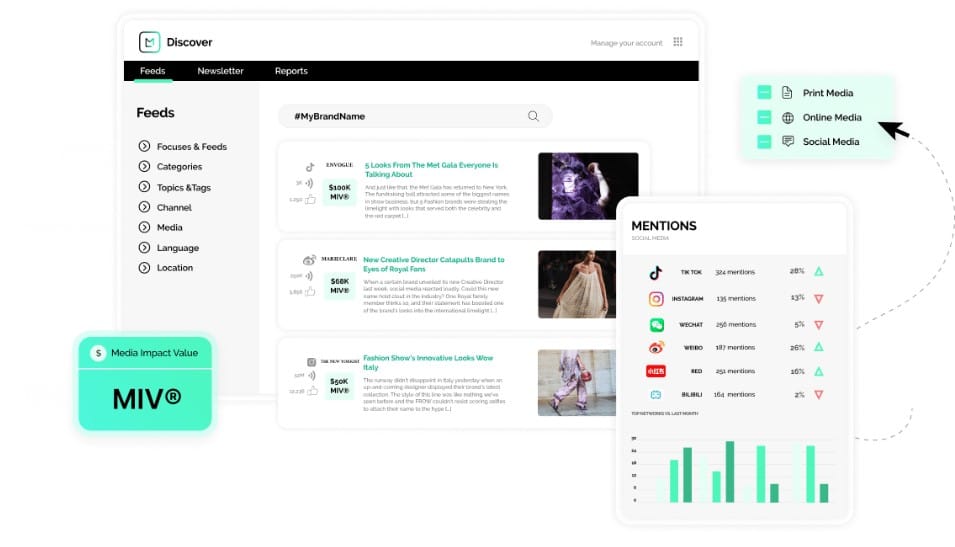
Focus on building relationships with media outlets that generate the most impressions.
High media impressions indicate broader audience visibility. This can enhance brand recognition, credibility, and potential customer engagement.
Dig deep to uncover why specific campaigns perform better than others across media outlets.
After pinpointing patterns, create a “Refining PR Campaigns” strategy guide for easy reference.
Pass this guide along to your PR and marketing teams so everyone can learn and implement the lessons alongside you.
Continue adding to this guide based on the insights you uncover from the following KPIs:
2. Earned media value (EMV)
EMV is the equivalent advertising value of the coverage received.
Understanding earned media value helps you gauge how cost-effective your earned media coverage is compared to traditional advertising methods.
To calculate EMV, multiply the advertising value you would’ve had to pay for the coverage by a predetermined multiplier that reflects the credibility and influence of the media outlet.
This helps you demonstrate your PR activities’ financial impact and ROI—making it an essential metric for reporting to stakeholders and decision-makers.
3. Share of voice (SOV)
This KPI focuses on comparing your brand’s presence in the media to your competitors.
To calculate it, divide your brand’s mentions or media coverage by the total mentions of all brands in your industry. Then multiply that figure by 100. This quantifies the proportion of media attention your brand receives and helps you gauge your market influence.
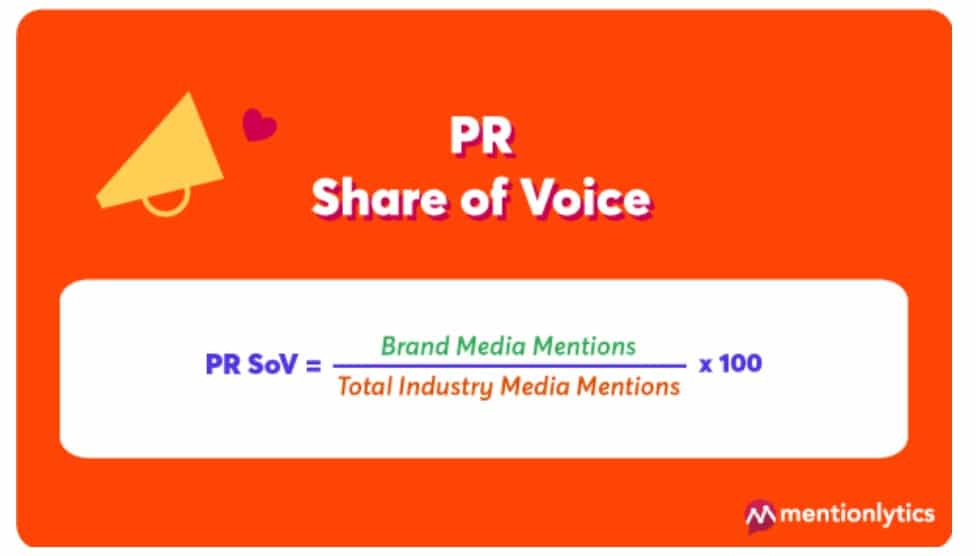
A higher share of voice indicates that your brand is getting more media attention than others.
By tracking share of voice over time, you can identify opportunities to improve your brand’s positioning against competitors.
4. Conversion rate (CR)
CR measures the rate at which PR efforts lead to desired actions, such as purchases, trial signups, or inquiries.
To track conversion rates, use website analytics tools to see how many visitors take the desired action after engaging with PR-related content.
This data helps you assess how well your PR campaigns generate tangible results. It also reveals your PR activities’ ROI.
Analyze conversion data alongside other PR metrics—such as media coverage or ad campaign performance. This gives you a comprehensive view of how different elements of your PR strategy contribute to conversions.
Learning from conversion rate data can help you identify successful tactics, messaging, or channels that drive the highest conversion rates.
By iterating and optimizing your PR campaigns based on these insights, you give yourself more opportunities to convert target audiences into valuable actions.
If you use gated content assets or trial offers in your campaign strategies, consider using magic links when delivering them to leads who opted to receive them.
Magic links send URLs with embedded tokens via email or SMS to authenticate users without passwords. This gives prospects a secure and convenient way to access downloads or free trials, especially if they have multiple devices or accounts.
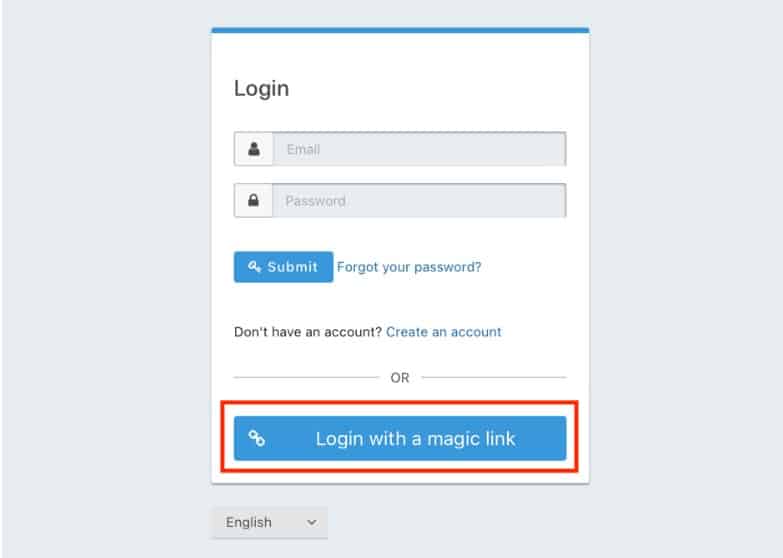
You can also track how many clicks, conversions, and engagements your magic links generate.
The links that generate the best conversions help you pinpoint which gated offers align best with your target audience. For instance, you might learn that prospects value ebook downloads or whitepapers over exclusive webinars or demo invitations.
Use these insights to refine your content and tailor offers accordingly.
5. Social media engagement
This KPI reveals overall engagement on social media platforms.
Use social media monitoring tools to track metrics, such as likes, comments, shares, and overall engagement. This data provides valuable insights into audience interaction and content interest.
Understanding social media engagement helps assess PR impact and resonance with your target audience.
Prioritize meaningful engagement metrics over vanity metrics like follower count.
Instead, analyze engagement data to identify resonating content and optimize your social media strategy. For instance, if informative Reels bring in more interested leads or subscribers, double up on those. If your audience loathes static images, ditch those in favor of interactive content, like carousels.
Learn from engagement metrics to refine content and adapt messaging to drive higher engagement levels for your PR goals.
6. Sentiment analysis
This key metric assesses the sentiment surrounding your brand in media coverage, whether positive, negative, or neutral.
Start by using social listening tools to track online conversations.
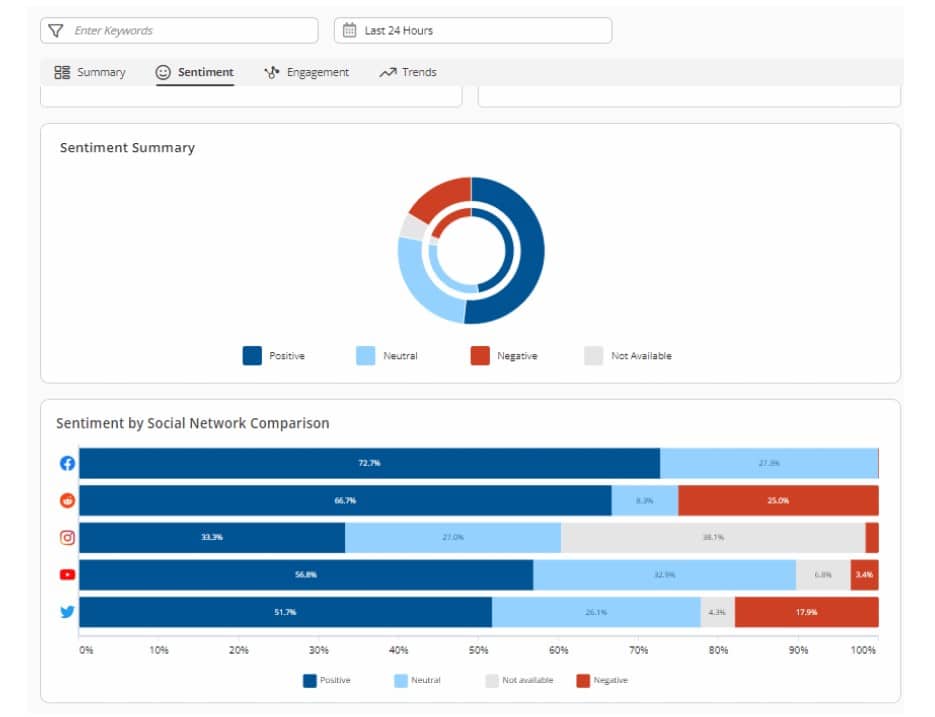
Analyze sentiment as positive, negative, or neutral and track trends over time using sentiment scores. This data can help your PR team identify improvement areas and potential crises, so you can respond and refine your campaigns as soon as possible.
Measuring sentiment analysis also offers valuable insights into how a PR campaign resonates with your target audience.
Sentiment trends help you understand how to refine your messaging and tailor campaigns to different segments. They also help uncover areas for brand growth and innovation.
7. Brand mentions
This performance indicator refers to tracking how often various media channels mention your brand.
To effectively track brand mentions, use social media listening tools and keyword monitoring to capture them across various online platforms.
Analyze the frequency and sentiment of these mentions to gauge overall brand awareness and perception.
Positive mentions indicate a strong brand image and positive associations. Negative mentions may point to areas that require attention or reputation management.
Tracking brand mentions also helps you identify engagement and relationship-building opportunities.
By actively listening to conversations about the brand…
A customer service virtual assistant can promptly respond to customer feedback, address concerns, and nurture positive interactions to foster a stronger connection with your audience.
8. Website traffic
This KPI helps you see how many visitors come to your website from media coverage.
To effectively track website traffic, use web analytics tools such as Google Analytics to monitor the number of visitors, page views, and on-page time.
Analyze the data to identify trends and patterns. Track web traffic sources, such as social media referrals or organic searches.
You can better understand audience preferences and interests by monitoring user behavior and engagement metrics, such as time spent on a page or bounce rate. Use this data to refine your marketing funnels and bring more valuable traffic to your website.
Be sure to also identify underperforming pages or content. Refresh and optimize these to enhance user experience and your website’s performance.
9. PR impact on SEO
This performance indicator tracks PR activities’ effects on search engine rankings and organic traffic.
To effectively measure PR impact on SEO, start by tracking relevant SEO metrics, such as:
- Organic search traffic
- Keyword rankings
- Backlinks
To gather this data, use SEO monitoring tools like Google Search Console and SEO analytics platforms.
Analyze the changes in these metrics during your PR campaigns to see which strategies boost organic search performance.
By analyzing SEO metrics, you can assess the direct impact of PR activities, such as press releases, media coverage, or influencer partnerships, on search engine rankings.
Tracking PR’s impact on SEO also helps identify opportunities for further optimization.
By monitoring keyword rankings and backlinks, you can better identify high-performing keywords and leverage them in content creation and PR messaging.
Wrap up
While there’s no one-size-fits-all approach to PR campaign monitoring, the key performance indicators we covered today provide rich insights you can learn from.
Collectively, they show you how your efforts are paying off so you can refine your approach to meet your big-picture goals.
While there are loads of automation you can set up to easily track metrics, don’t set them and forget them. Comb through the data these reports share to get to the bottom of what appeals most to your target audience.
What boosts their engagement? Their positive sentiments? Their conversions?
The more you give your audience what they want, the more impact you’ll see.
For good measure, here’s a quick recap of the KPIs we recommend tracking:
- Media impressions
- Earned Media Value (EMV)
- Share of voice (SOV)
- Conversion rate (CR)
- Social media engagement
- Sentiment analysis
- Brand mentions
- Website traffic
- PR impact on SEO
That’s it for now, PR professionals.
Here’s to your success!







